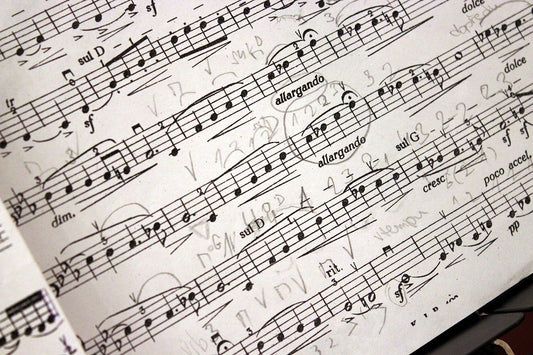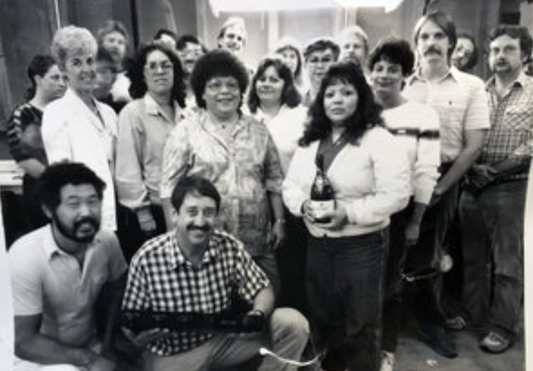 Tomorrow we continue.
Tomorrow we continue.
Working out our differences
by Paul McGowan
There are two types of analog connecting cables between audio equipment: single ended and balanced. A single ended cable has an outer protective ground shield and one signal conductor, a balanced cable simply adds another signal cable to the mix. That "simple" addition of another signal cable is the key to balanced audio's success at lowering noise.
I had mentioned in yesterday's post that a more accurate term for a balanced amplifier or input would be "differential". A differential amplifier or input is what we actually mean when we wish to describe a functional topology or input type that takes advantage of a balanced input signal.
A differential input does what its name suggests. It amplifies only differences, ignoring anything in common. Strictly speaking all amplifier inputs are differential. A single ended input amplifies the differences between ground and the cable's one signal wire. A balanced input amplifies the differences between the balanced cable's two signal wires. Why might this difference be important? It's all in the design goals of the amp's designer, a subject we can more thoroughly cover once we understand the value of amplifying differences.
When it comes to understanding cables it's instructive to think of them only as wires and get rid of all their fancy marketing fluff and expense for a moment. Picture a single ended cable as two wires, one meter in length. One of these wires carries the signal between the preamp and amp, the other we'll tie to the chassis of both pieces. This will carry our music just fine, the amplifier's input amplifying the differences between ground (the chassis) and the signal wire. Music streams forth with much beauty.
There's only one problem with our arrangement. The two wires are in close proximity to the television set which is radiating a lot of electrical noise—broadcasting like a radio station. Our one signal wire has become an antenna. Along with the music we now get to "enjoy" unwanted noises radiated from the television, then amplified. These radiated noises weren't a problem before because the chassis are all grounded together, forming a protective metal box around sensitive electronics. The noises came when we added the unprotected signal wire between preamp and power amp. Exposed in the open air, it acted as an antenna.
This is a problem we can begin to solve by adding another protective metal case around the signal wire. Instead of a grounded chassis, like the preamp, amp, and TV enjoy, our metal case needs to be flexible if it is to be a cable.
If we take the second wire of our cable and weave its many strands into a flexible metal case—passing the signal wire through it—we would enjoy the same benefits afforded by a chassis. We would call this flexible chassis by its functional name. A shield. Together, shield and single conductor, we have created what is commonly known as a coaxial or shielded cable. Our stereo system is much quieter now, the differences we amplify between ground and signal are mostly just the music we intended.
 Tomorrow we continue.
Tomorrow we continue.
 Tomorrow we continue.
Tomorrow we continue.
- Choosing a selection results in a full page refresh.
- Opens in a new window.








